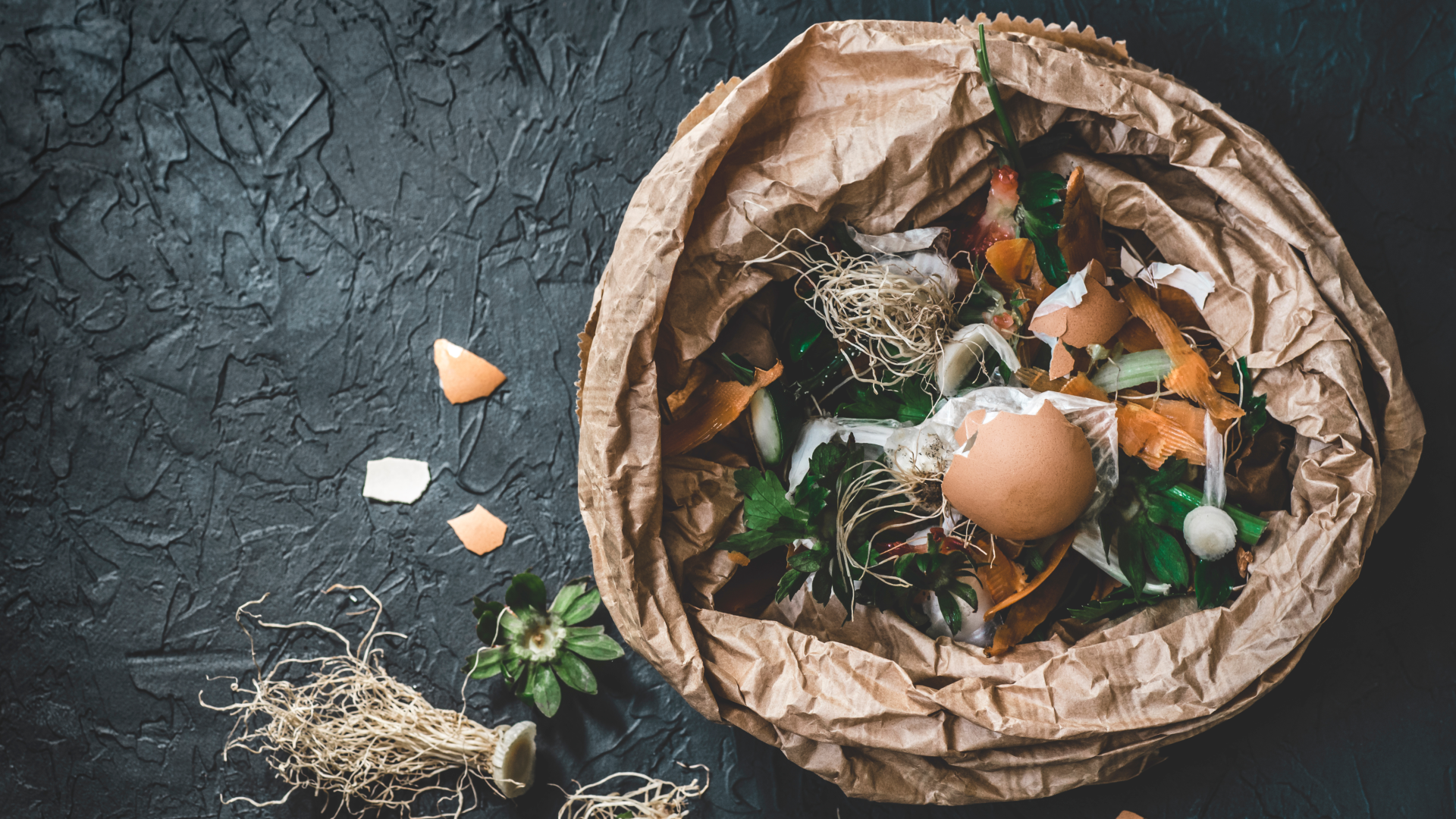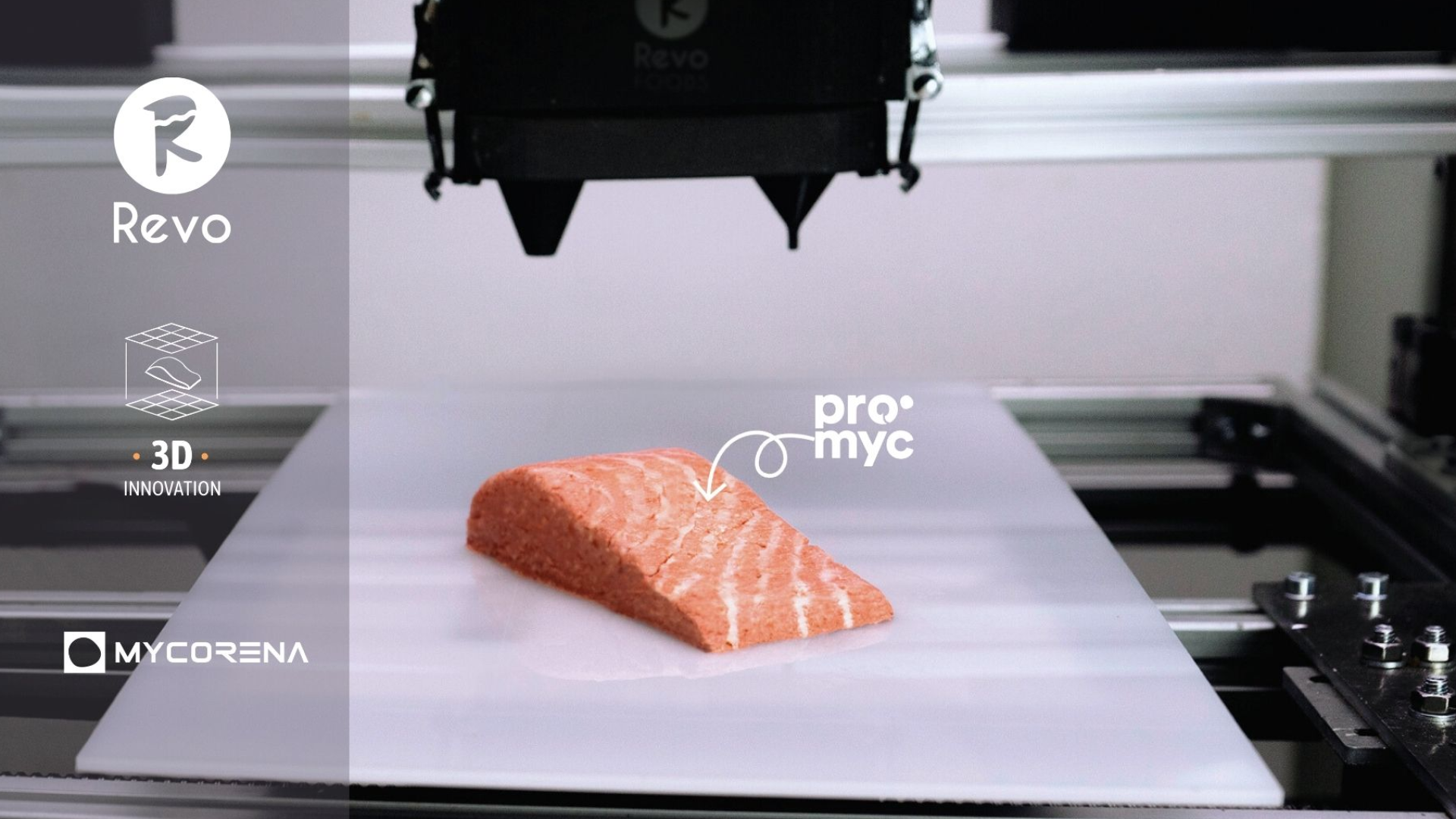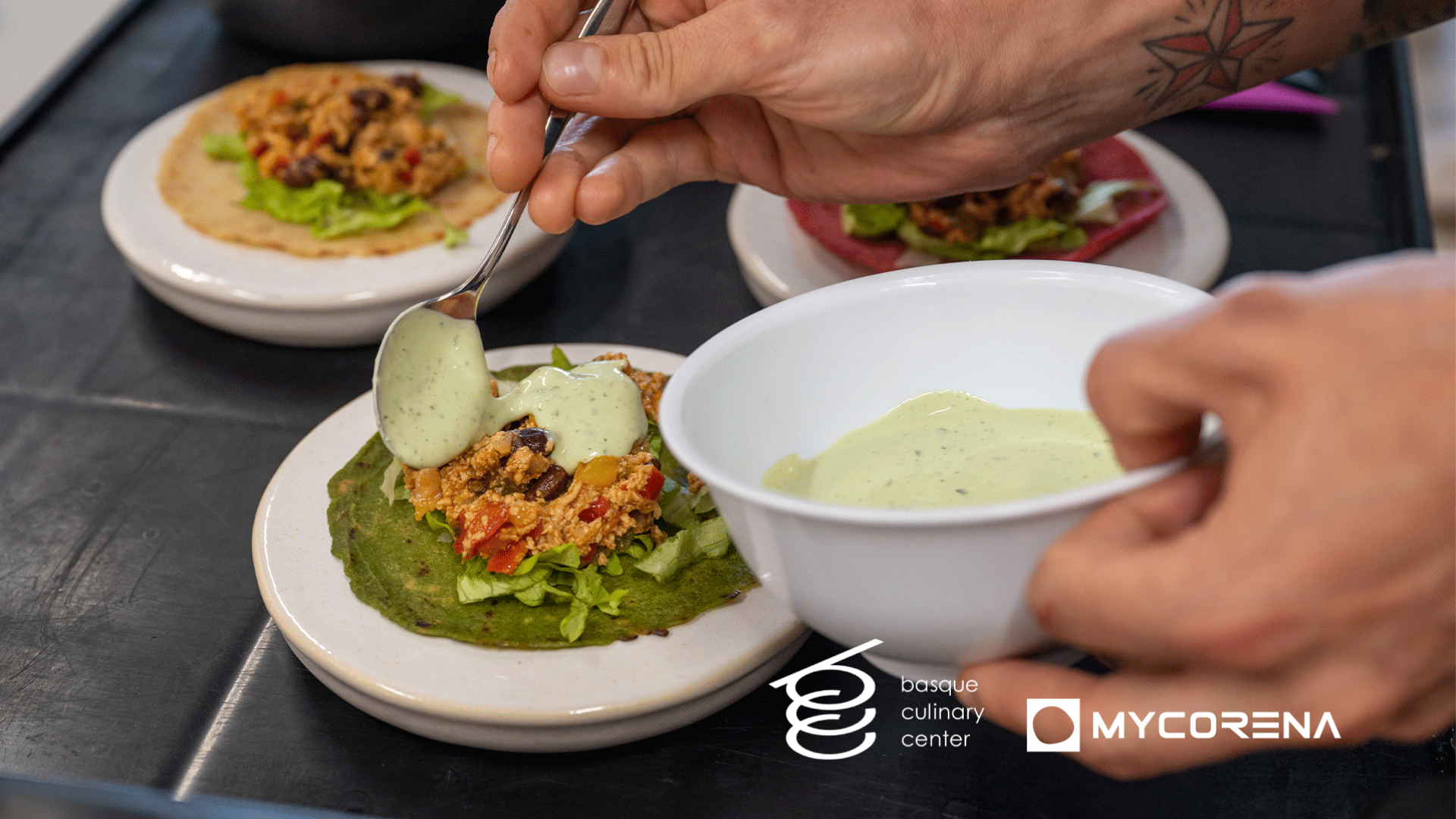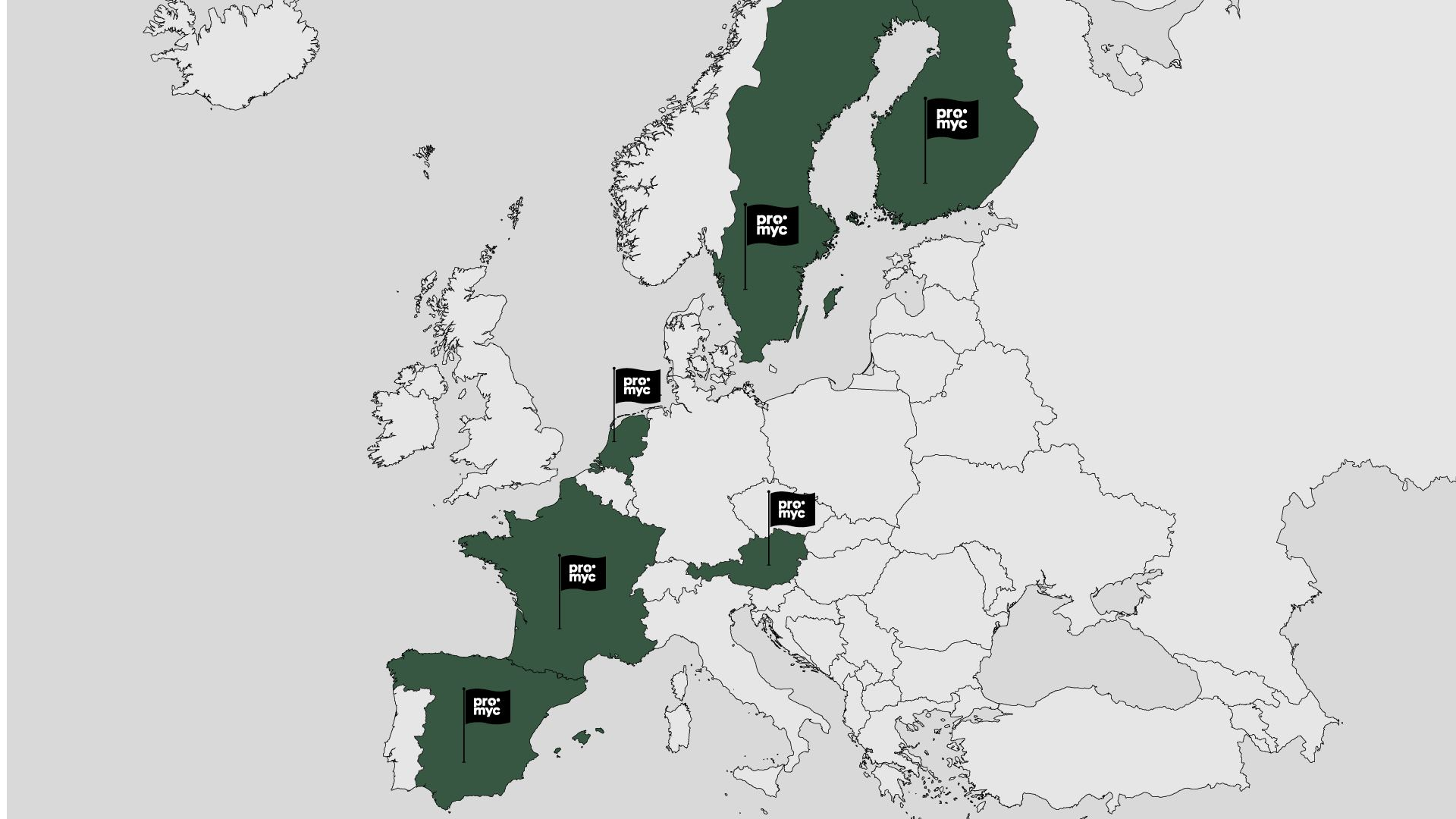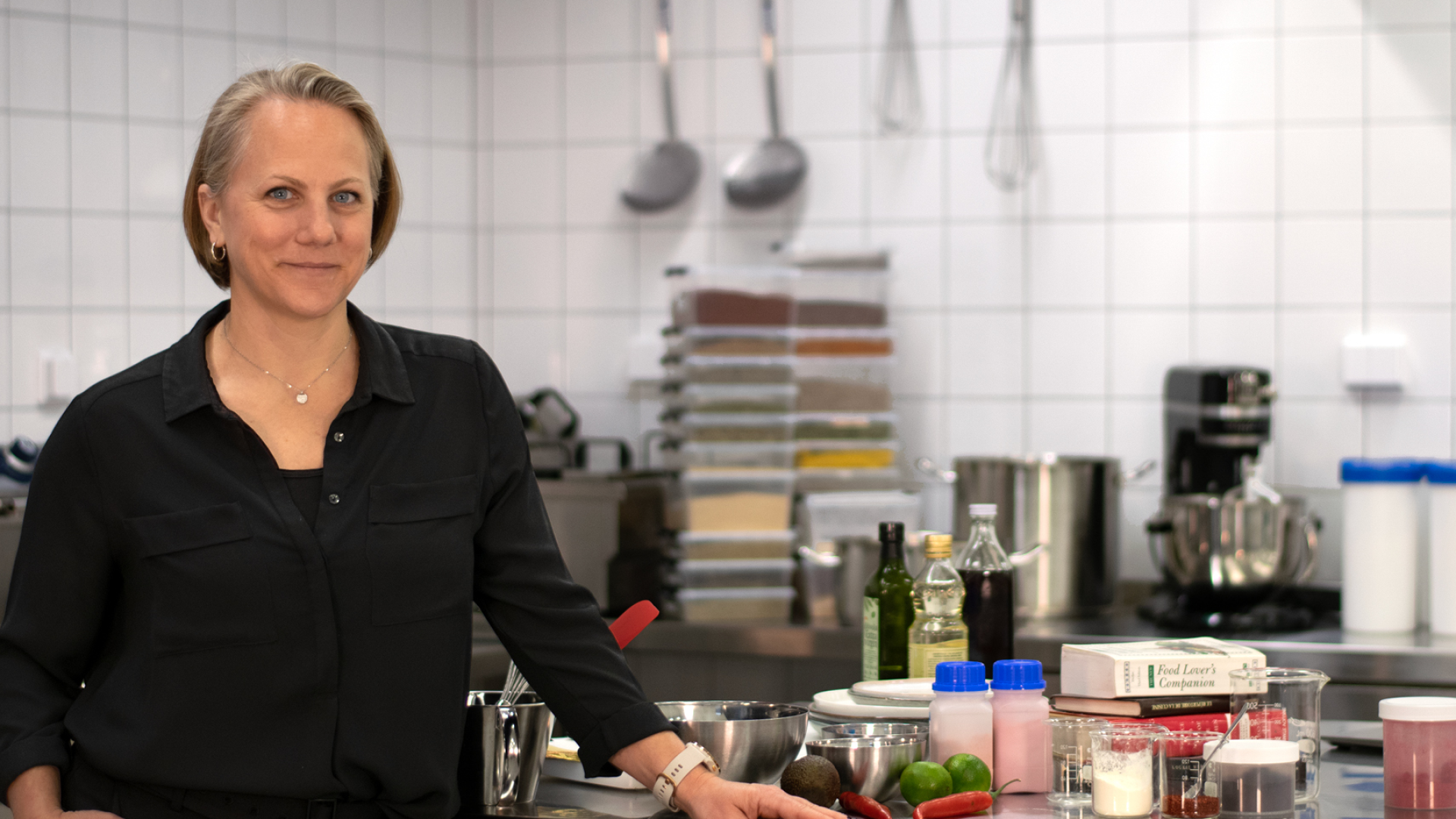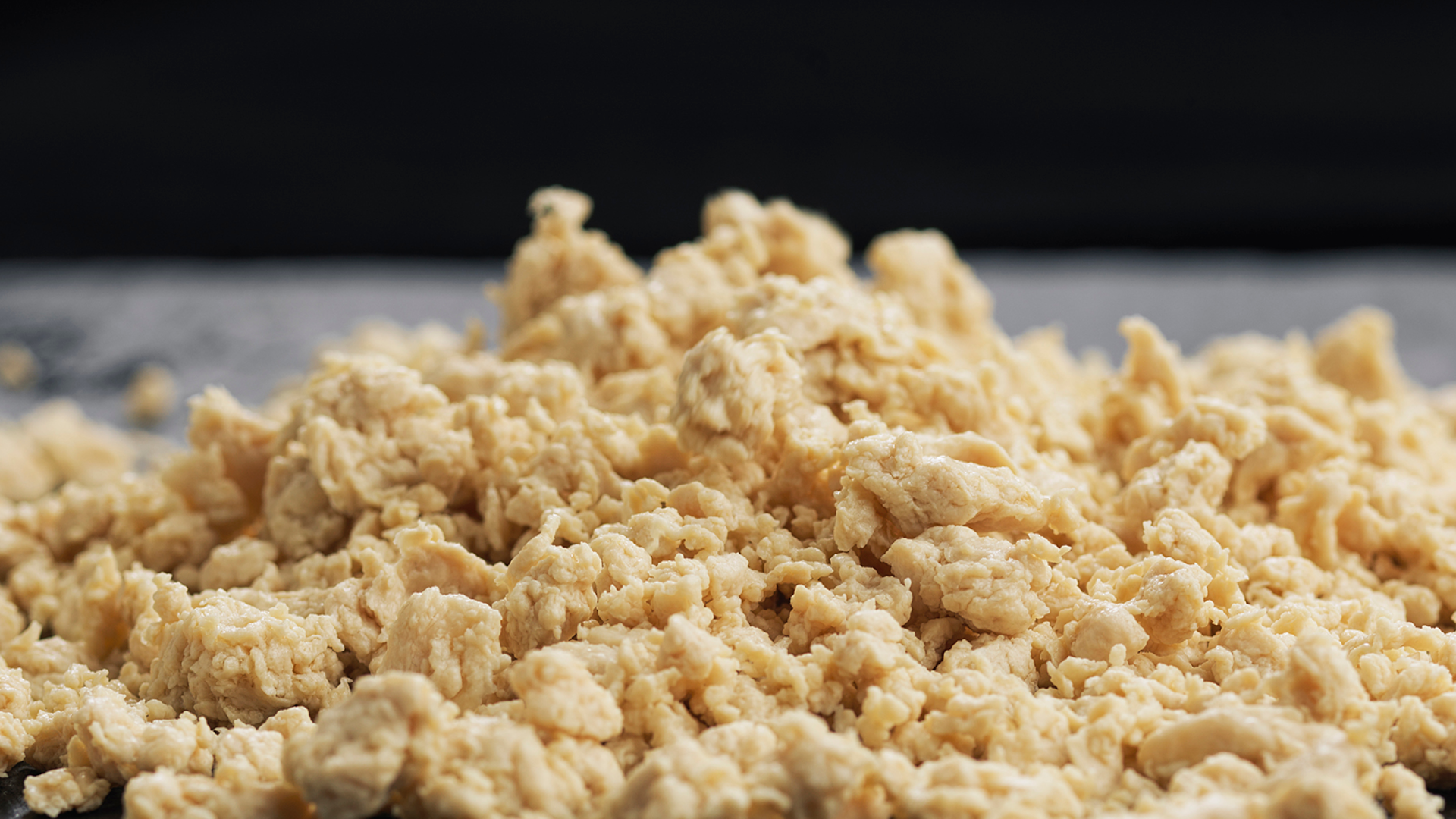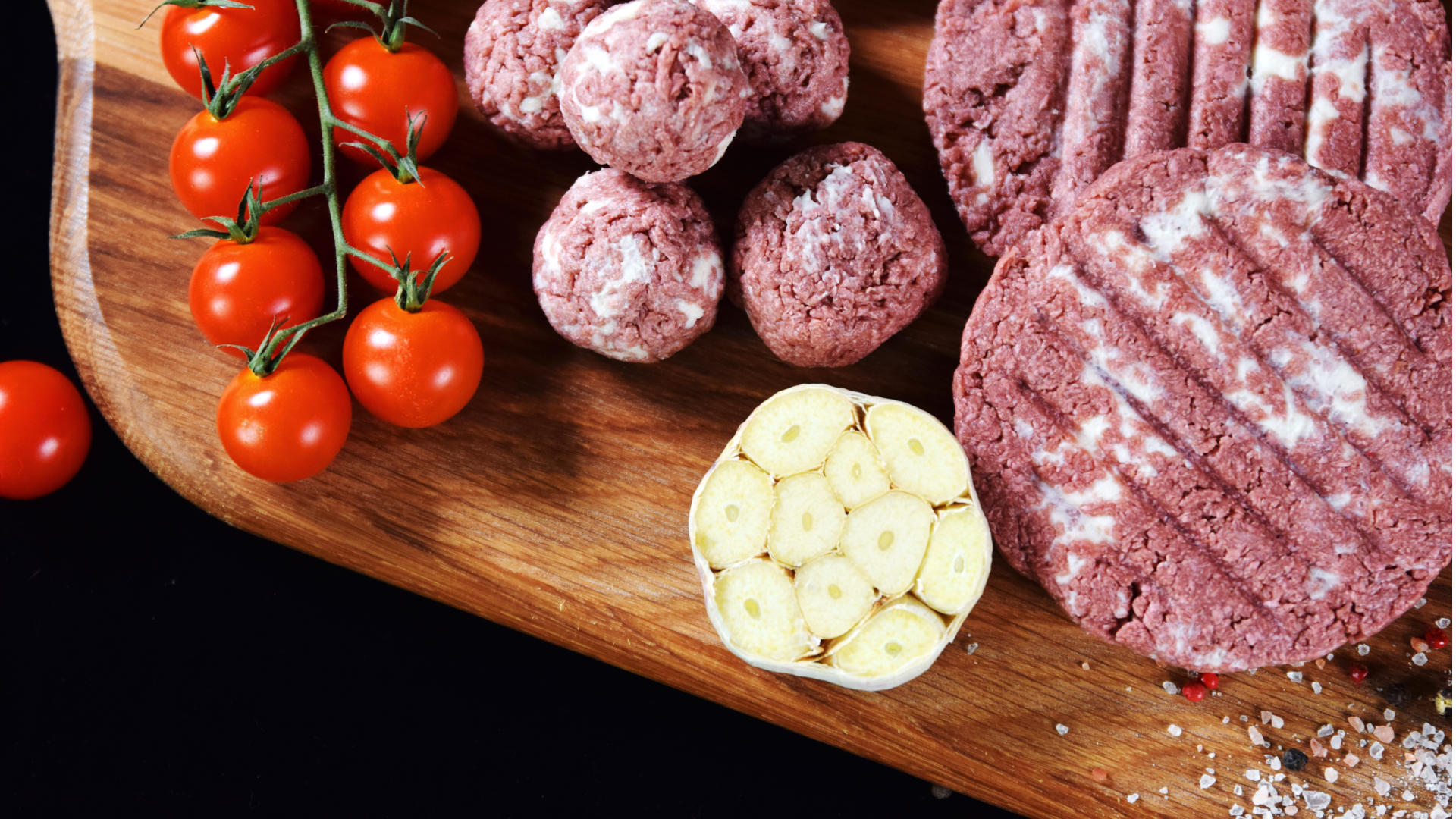Food waste is generated at an alarming rate. This is not only an economical issue for the companies within the food sector, but a problem for society. With emphasis on the finite resources of the planet, it is no longer acceptable to discard food waste at the current rate. The UNEP Food Waste Index Report of 20211 displays shocking numbers, with household food waste per capita ranging from 59 to 102 kilograms in western countries, adding up to millions of tons of food waste each year (Figure 1). These numbers do not account for the food waste generated from the production of the food, which makes the numbers more frightening.
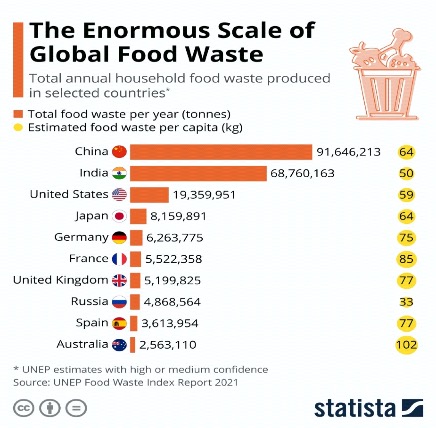
Figure 1. Representation of the global food waste scale. *UNEP estimates with high or medium confidence. Source Statista (Original source UNEP) (1).
The concept circular economy has been proposed as a possible solution to tackle waste disposal and overuse of natural resources, as well as biodiversity loss, pollution and climate change. The concept is a new economic model in which the waste is repurposed or reused as much as possible, in a circular way. This mentality of maximising resource efficiency is expanding globally, with an increasing number of companies embracing it in recent years.
Innovative solutions to reduce the quantity and reutilise the discarded food are being developed worldwide. Some are simple solutions, like repurposing parts of the fruits discarded to make juices or smoothies, others are more high-tech, like developing AI systems that can predict more reliable order volumes and reduce the amount of food waste2. The most simple and efficient solution however, and not the easiest to spot, has always been in nature, surrounding us. The solution to the food waste problem is fungi.
Fungi have a metabolic arsenal that animals and plants cannot compete with. This is the result of adaptation to the wide range of habitats fungi can live in, which means that fungi can digest and use nutrients from sources that other organisms cannot. Therefore, fungi can recycle the nutrients that would otherwise be discarded and instead create new products from them, which include anything from food to leather-like or packaging materials (Figure 2). Repurposing food waste to grow fungi means that the cost of pre-processing these waste materials virtually disappears, as the fungi can be directly fed food that otherwise would be discarded.
This capacity to degrade different materials is still largely uncharted, and fungi’s potential is yet to be properly utilised. Other than food waste, there are fungi that can digest and feed on certain types of plastics34, lithium batteries5, and even radioactive materials6. The concept of recycling materials using fungal processing is in its infancy, but we will likely see a surge of these processes using fungi shortly.
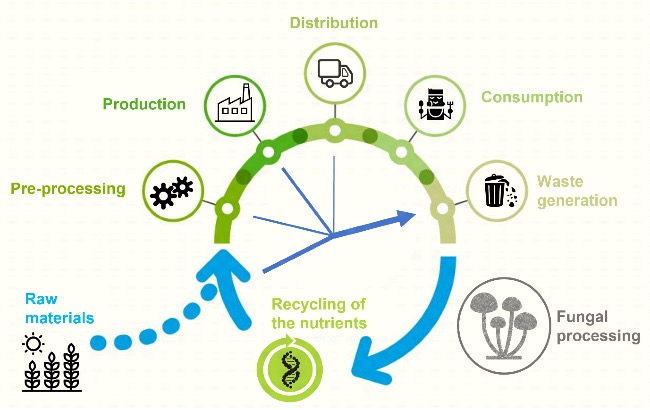
Figure 2. Scheme of food production and circular process driven by fungal processing of the waste. Every step of the production process generates waste that can be repurposed. Adapted from Lunds university (Original source Manage Mentors) (7).
It is increasingly important to strengthen collaborations between different actors within the food tech industry to minimise food waste and maximise circular economy. Simply put, a circular economy approach is better for the environment, reduces costs, and recycles nutrients generating new products. It is a win-win-win situation. At Mycorena, we have always been aware of the potential of fungi and strive to reutilise waste and have ongoing projects of collaboration with other companies to drive society towards sustainability and a circular economy.
Author:
Carlos Núñez Otero, Ph.D.
Techmyc Project Manager
References:
1.- Statista: https://www.statista.com/chart/24350/total-annual-household-waste-produced-in-selected-countries/ UNEP Food Waste Index Report 2021
2.- GreenFood: https://greenfood.se/index.php/en/node/296
3.- The fungus and bacteria tackling plastic waste. Emma Woollacott. July 2021. https://www.bbc.com/news/business-57733178
4.- 50 New Plastic-Eating Mushrooms Have Been Discovered in Past Two Years. Eleanor Hildebrandt. July 2019. https://leaps.org/plastic-eating-mushrooms-let-you-have-your-trash-and-eat-it-too/particle-1
5.- Recycling batteries with fungi. Mitch Jacoby. C&EN, 2016, 94 (34), pp 9–10. August 29, 2016.
6.- Prospects for Fungal Bioremediation of Acidic Radioactive Waste Sites: Characterization and Genome Sequence of Rhodotorula taiwanensis MD1149. Tkavc R et al. Front. Microbiol. 8:2528. January 2018. doi: 10.3389/fmicb.2017.02528
7.- Lund university: https://www.handel.lu.se/nyheter/centrum-kommenterar-sustainability-is-never-black-and-white
